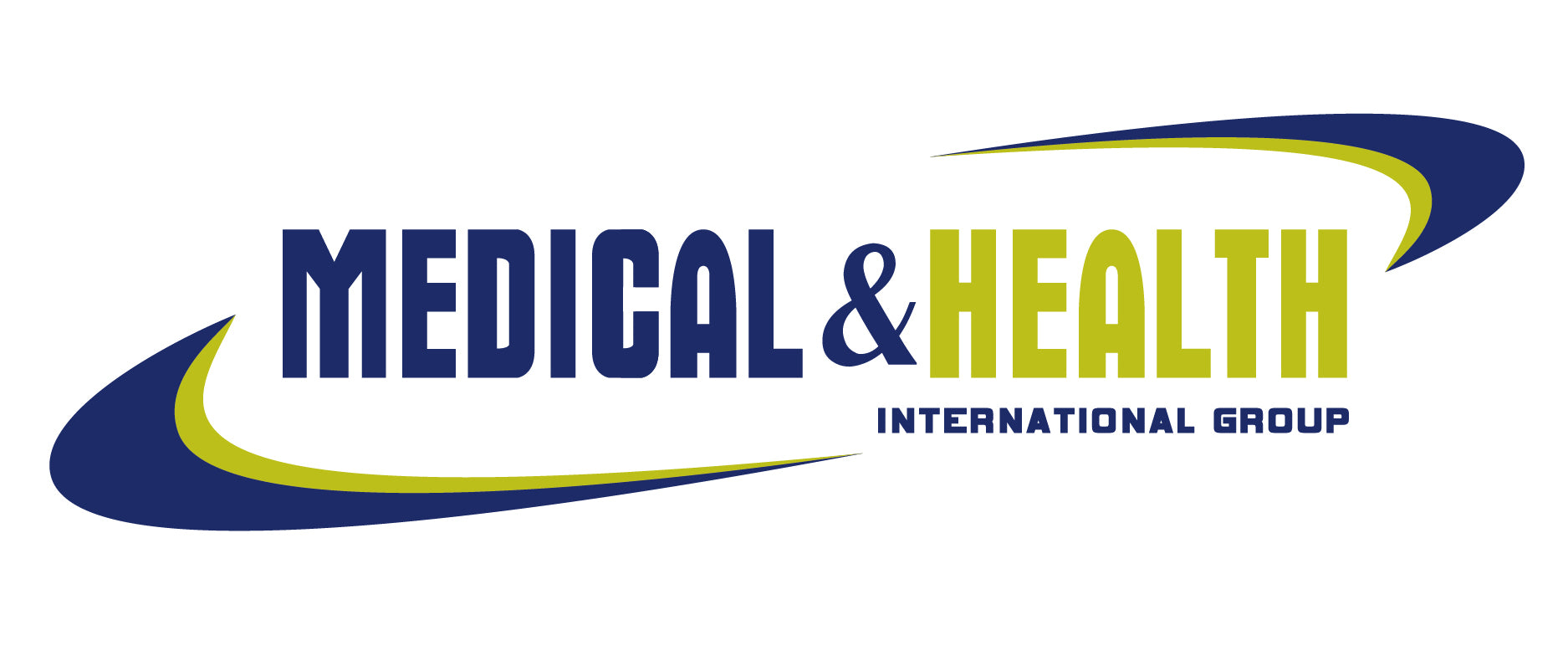
Polyethylene glycol is a polymer compound prepared by polymerization of ethylene glycol. Its molecular structure is HO (CH2CH2O) nH, where n is the degree of polymerization. Polyethylene glycol is a colorless, tasteless, non-toxic, soluble polymer in water and many organic solvents. It is often used as surfactant, lubricant, thickener, stabilizer and antistatic agent.
Polyethylene glycol is characterized by its very soft molecular chain, which can pass through small holes and cracks, so it is widely used in the preparation of nanoparticles and drug delivery. Polyethylene glycol can also control its physical and chemical properties by adjusting its molecular weight and degree of polymerization, so as to achieve different applications.
Application of polyethylene glycol in drug delivery
Polyethylene glycol is widely used in drug delivery. Due to its soft molecular chain, soluble in water and many organic solvents, polyethylene glycol can be used to wrap drug molecules and make it easier to enter human cells. This packaging form is called PEGylation, which is a commonly used drug modification technology.
PEGylation technology can make it easier for drugs to pass through biological membranes and enter cells, and prolong the half-life of drugs, thus improving the efficacy of drugs. In addition, PEGylation technology can also reduce the toxicity and side effects of drugs and make drugs safer to use.
